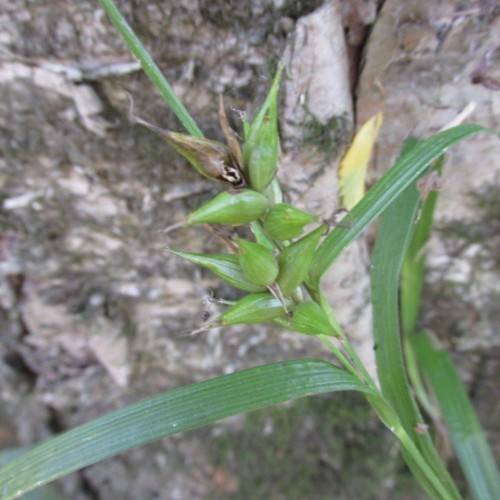
Sedge
Carex folliculata x
Watering:
Frequent
Hardiness Zone:
Flowers:
Flowers
Sun:
full sun,part shade
Fruits:
Fruits Ready In
Leaf:
Yes
Growth Rate:
Low
Drought Tolerant:
Yes
Salt Tolerant:
Yes
Care Level:
Medium
watering
Water this plant species lightly when the soil surface begins to dry. Usually this happens every 1-2 weeks during the Bummer months. During the winter months, watering should be reduced as the plant goes dormant. Once a month should be sufficient. During this time, however, keep an eye on the soil to make sure it doesn't dry out completely. Check the moisture level of the soil by touching the top layer. If your fingers come out dry then it's time to water.
sunlight
Sedge (Carex foenea x var. tenera) is a shade tolerant plant species. It needs at least a few hours of direct sunlight in order to thrive, but more shade than sun is preferred. To ensure optimal growth, the plant should be placed in an area where it receives bright, indirect light for 3 to 4 hours a day. Sedge can also tolerate some partial shade throughout the day. Avoid exposing it to direct, intense midday sunlight, as this can lead to sunburn and leaf fading.
pruning
Sedge (Carex foenea x var. tenera) should be pruned in late winter or early spring. Depending on the desired size and shape desired, pruning should be minimal. It is best to only remove the dead or damaged growth, encouraging new growth for the following season. On average, only 6 to 8 inches of the plant should be trimmed away, taking care not to cut lower than 1 to 1 1/2 inches from the ground. Pruning should be done using sharp pruning tools, taking care not to leave jagged cuts. Doing so will maintain a healthy and aesthetically pleasing plant.
